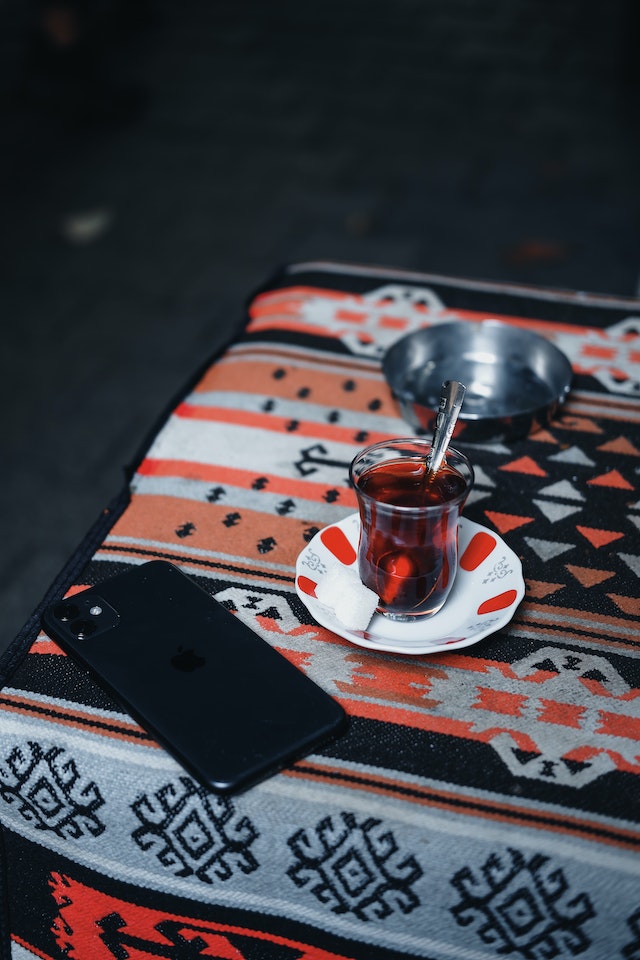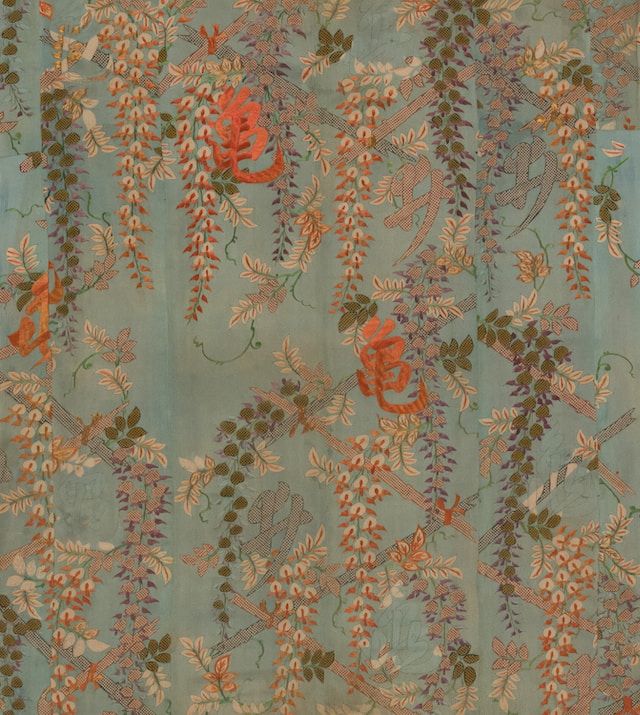
Historical Background: Tracing the Origins and Evolution of Western Area Red Rugs
western area red rugs
Historical Background: Tracing the Origins and Evolution of Western Area Red Rugs
Western area red rugs have a fascinating history that dates back centuries. These vibrant and intricately woven carpets have become synonymous with luxury and elegance, gracing the floors of palaces, mansions, and even common households.
To truly understand the origins of these mesmerizing rugs, we must delve into their historical background. The tale begins in ancient Persia, where skilled artisans first crafted these masterpieces using traditional weaving techniques passed down from generation to generation.
Throughout the years, various civilizations influenced the design and production of western area red rugs. From the opulent patterns of Byzantine art to the geometric motifs inspired by Islamic architecture, each era left its unique mark on these exquisite textiles.
During the Renaissance period, European explorers encountered these sumptuous rugs during their travels to the East. Captivated by their beauty and craftsmanship, they quickly gained popularity among European nobility. This newfound demand led to an increased production of western area red rugs in workshops across Europe.
In the late 19th century, a significant change occurred in rug production when natural dyes were replaced with synthetic alternatives. Although this revolutionized mass-production methods, it also resulted in a decline in quality and authenticity. Nonetheless, western area red rugs continued to be cherished for their rich colors and timeless designs.
Today, collectors and enthusiasts still appreciate these magnificent carpets for their historical significance and artistic value. While modern manufacturing techniques have simplified rug production, some artisans strive to preserve traditional methods as a testament to this enduring craft's legacy.
In conclusion, understanding the historical background of western area red rugs allows us to appreciate their cultural importance and aesthetic appeal fully. Through tracing their origins and evolution over time, we gain insight into how these remarkable textiles became an integral part of both Eastern and Western societies' artistic heritage.


